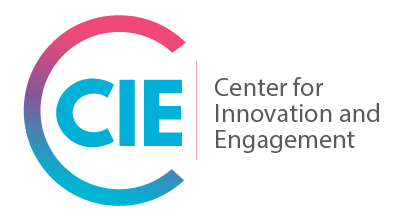The Latinx community is diverse. There are many misconceptions and stereotypes about the history and presence of Latinx individuals in the United States, including the difference between Latinx and Hispanic. While Hispanic refers to language and those whose ancestry comes from a country where Spanish is spoken, Latinx refers to geography. Specifically, to Latin America, to people from the Caribbean, South America, and Central America.[1]
- Know your audience. Take time to understand backgrounds and preferences. Know how Latinx communities in your area self-identify and use that information for recruiting staff, optimizing outreach efforts, and engaging them into HIV care. Use preferred language when communicating with community and ensure that you are capturing language preferences when translating content into Spanish. People may refer to things differently depending on their ethnicities or countries of origin and it is important to reflect these cultural nuances.
- Utilize trauma informed approaches. In many circumstances, Latinx communities may have experienced waves of immigration from their home countries fueled by political unrest, persecution, gang violence, or a host of other potentially threatening socio-political issues. These experiences may have left communities utilizing trauma-based strategies to survive their new realities. It is imperative for healthcare providers and staff to base their approaches on trauma-informed principles to help support community resilience and ensure HIV care services are accessible.
- Let community lead. Working with trusted community partners is a natural step in engaging Latinx communities in HIV care but ensuring continued trust and ongoing engagement requires letting communities lead. This means engaging community in every step of the planning and delivery of an intervention and letting them define the barriers to care most relevant to them. Community leadership may involve including community members in care teams or advisory boards and in organizational leadership positions (e.g., program directors or board members), hosting frequent community forums for feedback on their social and structural challenges, or conducting ongoing needs assessments to ensure your services align with evolving priorities.
- Build on cultural strengths to develop strong relationships. Communication and messaging for HIV care programs and interventions should incorporate values that are shared across the Latinx communities you serve (e.g. the importance of family, education, etc.). Develop content that appeals to the cultural interests of your community and host outreach events that center popular cultural themes (e.g. sports, game shows, etc.).
- In-person works best. Personal contact is still the most important way to communicate and engage with the Latinx community, especially those who may have recently immigrated and may not be comfortable with using technology to access their healthcare needs. In cases where in-person contact is limited, make sure you utilize mobile applications and other online platforms frequently utilized by the Latinx community to help re-engage people into care (e.g. What’s App, Facebook, etc.).
- Ongoing monitoring and evaluation of outreach, linkage, and retention strategies. Make sure that you track the success of each outreach, linkage, and re-engagement strategy used and compare it to the initial goals set before implementing an intervention. Remember that society is constantly evolving, and certain strategies may have to be adapted over time to ensure you are reaching Latinx communities in ways that are relevant, appropriate, and effective.
[1] Available from Working with Latino Patients [Internet]. [cited 2020 Oct 20].
